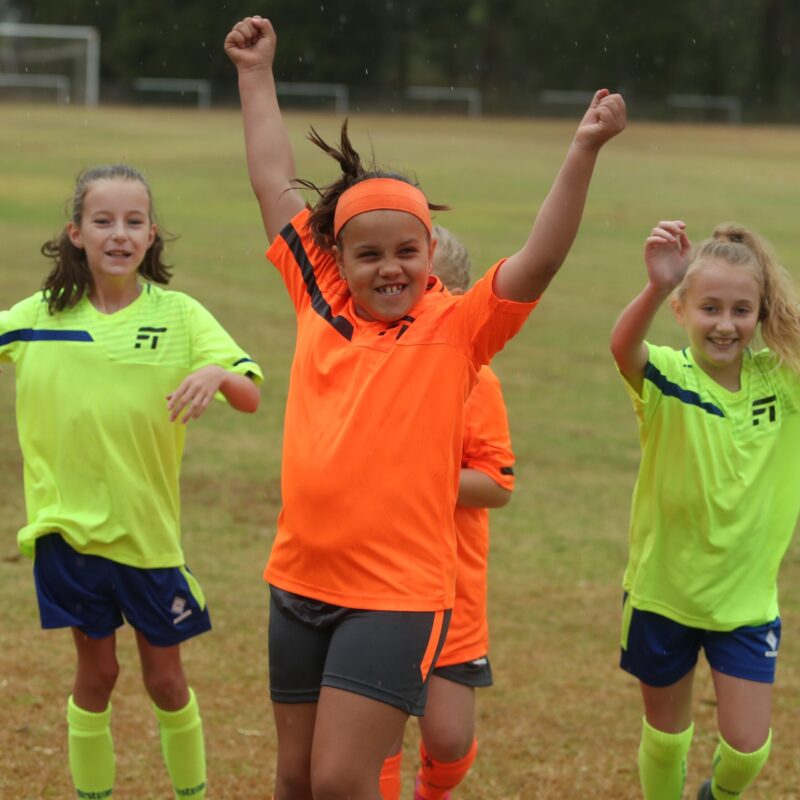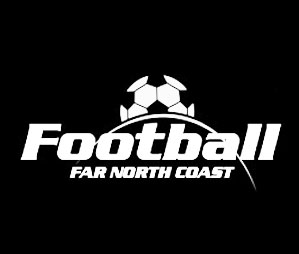Northern NSW Football had prepared for female football to take the region by storm in 2021 as part of its biggest season yet.
But registrations have shown that female football has exceeded those expectations, with the greatest percentage of female players to play football across northern NSW than ever before this season.
NNSWF’s three Hunter-based Member Zones, Newcastle Football, Macquarie Football and Hunter Valley Football, as well as Regional Zones Northern Inland Football, Football Mid North Coast, North Coast Football and Football Far North Coast, are ready and raring to go this season following the challenges provided by the COVID-19 pandemic last year.
A significant part of that excitement is around female football given NNSWF’s impressive recent growth in the women’s game.
NNSWF has seen a 26 per cent increase in female participation over the last five years, with 26 per cent of its players now female.
Football Far North Coast (30 per cent of total players female), Football Mid North Coast (29 per cent), North Coast Football and Newcastle Football (27 per cent) have exceeded those numbers, while Northern Inland Football (26 per cent) have also shown impressive growth across female football.
Macquarie Football (23 per cent) and Hunter Valley Football (22 per cent) are also trending in the right direction. Macquarie Football’s percentage of female players has grown two per cent since 2019, while Hunter Valley Football’s has grown four per cent.
A large part of this success is driven by MiniRoos registrations.
MiniRoos is a modified version of football for kids aged from 4 to 11-years-old that runs nationally.
MiniRoos registrations are open across northern NSW until 9 April at www.playfootball.com.au.
With the 2023 FIFA Women’s World Cup less than two and a half years away and northern NSW’s potentially important role as a host area, Northern NSW Football Head of Football Development Peter Haynes said it was an exciting time for the women’s game.
“The growth of the women and girls game is a strategic priority for Northern NSW Football which aligns with Football Australia’s XI Principles,” Haynes said.
“This includes increasing opportunities for talented girls through talent development programs but also focusing on females at a community level by introducing them to football and retaining them as an important part of the football family.
“We’re excited by our own recent growth locally in terms of the female game and with the 2023 FIFA Women’s World Cup looming on the horizon in gives us that motivation to really push to build the legacy that comes from hosting such a prestigious international event. Especially in terms of participation and appropriate football infrastructure.”
There are plenty of opportunities for women and girls to play football in 2021 with players encouraged to visit www.playfootball.com.au to find their local club.
It has been a busy time for women’s football with the NSW government announcing last month a $750,000 investment to fund a talent identification and youth development program for young female players from regional areas.
The state government also announced $50 million from its Regional Growth Fund to improve women’s sports facilities.
Matildas star Ellie Carpenter was also unveiled as a Regional NSW Ambassador and lead mentor for young female footballers.
NNSWF also run a number of programs to offer alternate participation opportunities for females including MiniRoos for Girls and Kick-On for Women.
NNSWF’s top tier female competition, the Herald Women’s Premier League, kicked off its 2021 season last weekend.







